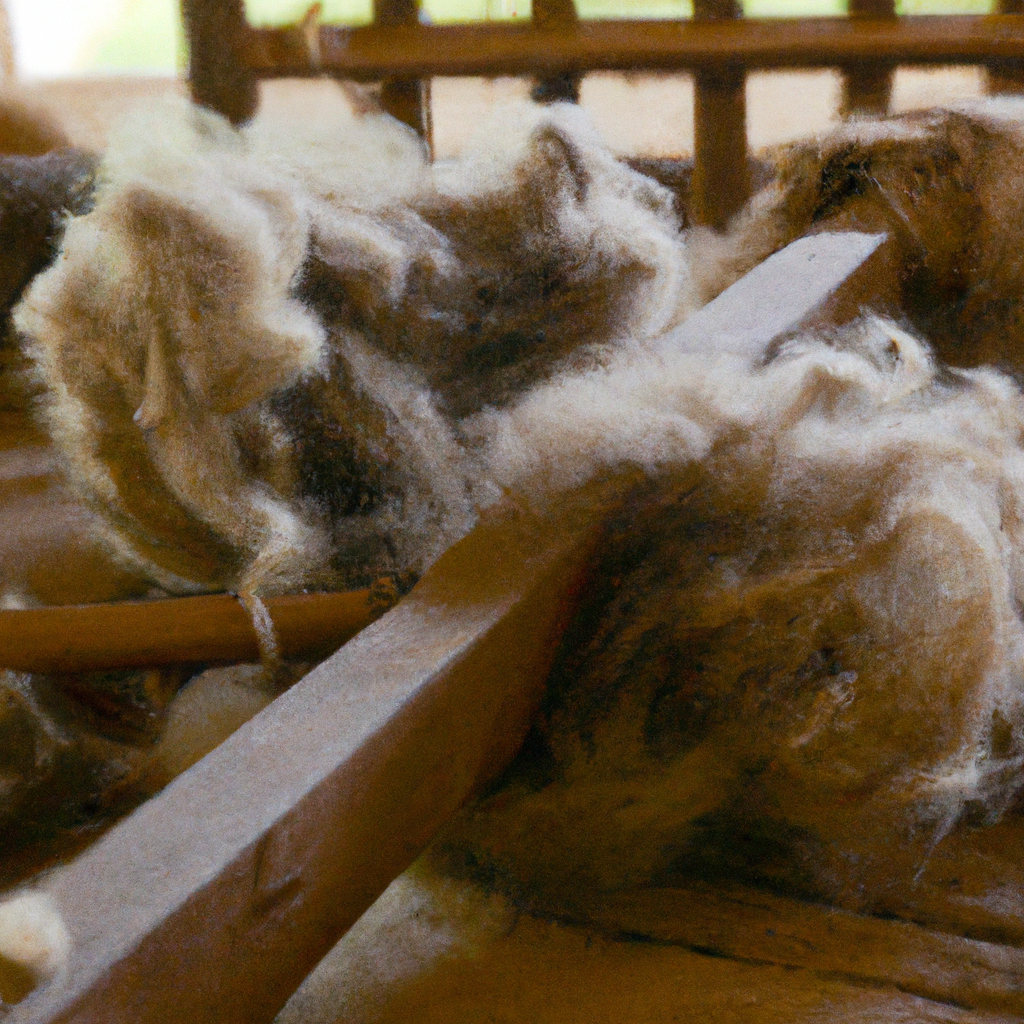Wool production is a fascinating process that has been used for centuries to make clothes, blankets, and other textile products. Sheep wool is the most common type of wool used in wool manufacturing, and it is obtained from sheep farming. The wool processing industry is essential for the production of high-quality wool products that meet the needs of consumers worldwide. In this article, we will explore the process of wool production from sheep.
Sheep Farming
Sheep farming is the first step in wool production. Sheep are reared for their wool, meat, and milk. Sheep are sheared once a year, and their wool is collected to make wool products. The quality of wool depends on the breed of sheep, the climate, and the care provided to the sheep. Different breeds of sheep produce different types of wool. For example, Merino sheep produce fine wool, while Lincoln sheep produce coarse wool.
Sheep Shearing
Sheep shearing is the process of removing the wool from the sheep’s body. Shearing is done once a year, mainly in the spring or early summer, when the sheep’s wool has grown to the desired length. Shearing is done by skilled workers who use electric clippers to remove the wool from the sheep’s body. The wool is collected in large bags and transported to wool processing factories.
Sorting and Grading
The next step in wool production is sorting and grading. The wool is sorted according to its quality, color, and texture. The wool is then graded based on its fiber diameter, length, and strength. The grading of wool is important because it determines the type of wool product that can be made from the wool. The grading also determines the price of the wool.
Scouring
Scouring is the process of washing the wool to remove dirt, grease, and other impurities. The wool is washed in large vats of hot water and soap. The wool is then rinsed to remove the soap and dried. Scouring is an essential step in wool production because it prepares the wool for processing.
Carding
Carding is the process of separating the wool fibers and aligning them in a parallel position. Carding is done by using a machine called a carding machine. The machine has large rollers with tiny teeth that comb the wool and separate the fibers. The carded wool is then wound into a roll or batt.
Spinning
Spinning is the process of turning the carded wool into yarn. Spinning is done by using a spinning wheel. The wool is drawn out and twisted into a thin strand of yarn. The yarn is then wound onto a bobbin or spindle. The thickness of the yarn depends on the number of twists per inch.
Weaving or Knitting
The final step in wool production is weaving or knitting. Weaving is the process of interlacing two sets of yarn, the warp, and the weft, to create a fabric. Knitting is the process of creating a fabric by using needles to interlock loops of yarn. The type of fabric or garment depends on the pattern and the type of yarn used.
Conclusion
Wool production from sheep is a fascinating process that involves several steps. Sheep farming, shearing, sorting, grading, scouring, carding, spinning, weaving, and knitting are the different stages involved in wool production. The final product depends on the quality of the wool, the type of yarn, and the pattern used for weaving or knitting. The wool processing industry is essential for the production of high-quality wool products that meet the needs of consumers worldwide.







